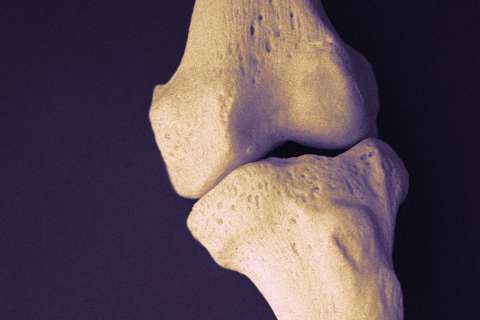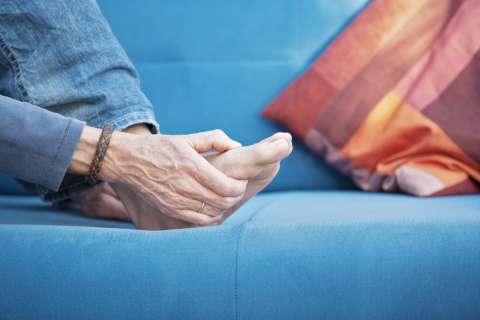Dear Doctors: Can you please explain about masks again? Why do we need them, what kind should we wear, and what is the proper way to wear them? It would really help me to explain to my friends and family so they can be safer.
Dear Reader: We continue to get letters from all parts of the country asking these same questions. We’ve written about masks before, but new information often takes repetition to sink in. It also takes time for new habits to take hold. We’re happy to do a recap for those of you who are still unsure about the why and how of using a mask during the COVID-19 pandemic.
Now that we have learned so much more about how this particular coronavirus spreads, wearing a mask turns out to be a crucial part of protecting our families and communities. The bottom line is that you wear a mask to keep your breath to yourself. Research shows that the main way this virus travels is via the droplets and aerosols we emit when we sneeze, cough, speak and sing, and even when we breathe. When you wear a mask, you create a barrier that catches some of these particles and limits the distance your breath can travel. Combine that with the 6-foot buffer zone we have come to know as social distancing, and the odds of transmission are significantly reduced.
Even if you’re not worried about the coronavirus on your own behalf, you can be sure that there are vulnerable people all around you. This one simple habit -- which, let’s face it, isn’t a real burden for the majority of us -- can literally save a life. In fact, the life you save may be your own. The latest research shows that a good mask, worn properly, can also help to protect the person who is wearing it.

A mask works by providing a network of fibers that both slow the force of an exhale and capture respiratory droplets. The closer the weave, the more effective the filtering effect of the mask. Tightly woven cotton masks with multiple layers are more efficient than looser fabrics, such as a scarf or a bandanna. The nonwoven materials of the N-95 masks are the most effective. Shape and fit also play an important role. A good mask has a snug but comfortable fit without any gaps around the perimeter. It fits over the nose and under the chin, and it leaves enough space around the nose and mouth for easier breathing. Masks with valves don’t slow or trap any aerosols and, therefore, do not protect the people around you.
When you breathe out through a mask, the fibers capture many of the droplets you generate. The rest travel a much shorter distance than they would in a maskless exhale. When someone wearing a mask exhales near you, the load of aerosols headed your way is reduced. If they do reach you, your own mask filters them, again reducing the number of particles that reach you. When everyone wears a mask, we’re working together to reduce one another's level of risk.
(Send your questions to [email protected]. Owing to the volume of mail, personal replies cannot be provided.)





